Arroyo vs Michelin Tires
This shouldn’t be surprising given that Michelin tires are known for their durability, excellent performance, and smooth and comfortable ride on various roads and weather conditions.
Additionally, Michelin is renowned for using latest technologies and materials in their tires’ construction, with the French tire giant lately focusing on producing energy-efficient tires. For this reason, the latest Michelin tires can reduce the environmental impact of driving.
All these qualities notwithstanding, there is one thing that keeps drivers from opting for Michelin tires. That is the astronomical asking price the French tire manufacturer slaps on its models, helping tire manufacturers like Arroyo, which offer budget-friendly models.
This article will highlight the primary differences between Arroyo and Michelin tires. We’ll kick things off by discussing the respective histories of both these brands. Next, we’ll look at their tire lineups before directly comparing these manufacturers on multiple counts.
Arroyo’s History
Arroyo has been around for just over a decade. The US-based tire company was founded in 2012, with its headquarters at 4490 Ayers Ave, Vernon, CA. Its focus has always been on manufacturing high-quality tires at prices that won’t blow a hole in the customer’s pocket.
Arroyo is different from most other tire brands in that it’s a private label company. A private label company is one that has its products manufactured by a third party. Most of Arroyo’s tires are manufactured in Thailand before being shipped across the world.
Despite being on the map for just over a decade, Arroyo has enjoyed unprecedented success. The US-based tire retailer has already set shop in dozens of countries across the globe, including Mexico, Colombia, the Philippines, Spain, Qatar, and the United Arab Emirates.
As you might guess, part of the reason for Arroyo’s success has to do with the budget-friendly prices of its tires. However, it is far from being the only factor behind putting Arroyo on the map, with the quality and performance of these tires also crucial in this tire brand’s steep rise.
Arroyo’s Tire Families
Arroyo has a relatively straightforward way of grouping its tires. It classifies its models based on road conditions and driving style. At the time of writing, 11 tires populate Arroyo’s performance, passenger, off-road, and truck, bus, and radial (TBR) lineups.
Performance
Performs tires are designed to give enthusiast drivers excellent response and traction in dry and wet conditions. Their tread compounds are meant to offer maximum grip and short braking distances, offering the exhilarating driving experience sporting drivers live for.
Arroyo’s offers only three performance tires. These include Grand Sport A/S, Grand Sport 2, and Ultra Sport A/S. The Grand Sport A/S and Ultra Sport A/S are high-performance, all-season tires, while the Grand Sport 2 is a dedicated summer performance tire.
Passenger
Arroyo offers four passenger tires, including:
- Van Pro 2: As its name implies, the Van Pro 2 is a commercial tire designed for vans and commercial pickup trucks. This model comes with a respectable 45,000-mile tread coverage, though its limited size range lets it down.
- Eco Pro H/T 2: The Eco Pro H/T 2 is also designed to provide reliable all-season performance. It can be installed on passenger cars, SUVs, hatchbacks, CUVs, and even some minivans.
- Eco Pro A/S: A sibling of the Eco Pro H/T 2, this model fares between during city driving. An advanced all-season tread compound enables the Eco Pro A/S to lower fuel consumption and enhance ride quality.
- Eco Pro H/T: The Eco Pro H/T isn’t as widely available as it once was because its replacement – the above Eco Pro H/T 2 – has all but replaced this model on store shelves and online.
Off-Road
As noted in our Arroyo tires review, the brand offers quality models for off-roading.
The Tamarock A/T is the unofficial face of this family, with its staggered tread blocks and ultra-wide grooves making it a capable performer on snow, slush, and gravel. That said, the Tamarock M/T might prove to be a better pick on mud-laden roads.
TBR
Two tires complete Arroyo’s tire, bus, and radial family.
Both the AR1000 and AR2000 can be installed on commercial vehicles, which explains why they’re sometimes called commercial tires. The duo features a flat tread radius and increased puncture protection for better pressure distribution, tread protection, and longer road life.
Michelin’s History
Michelin has been around since the 19th century. The French tire brand was founded by two brothers whose primary goal was to create an easy-to-replace bicycle tire. Not only did they smash that goal, but in doing so laid the first bricks of the company currently valued at $19.2 billion.
A few years after becoming one of the pioneers of replaceable bicycle tires, Michelin decided to wet its toes in the then-nascent car tire market. Remember, we’re talking about the early 20th century here, which was a time when the automobile industry was still coming of age.
Throughout its history, Michelin has pioneered various innovations in tires. For example, the French tire brand holds the distinction of introducing a tire that, if punctured, can keep running on a special foam lining. This design is what has given us the best run-flat tires.
The concept of radial tires also originated in the brains of Michelin’s engineers. In fact, it was Michelin’s success in developing the world’s first radial tire and getting a patent for it that helped make it one of the world’s leading tire manufacturers, eclipsing the likes of Continental.
Michelin’s Tire Families
Six families complete Michelin’s tire lineup. These include Pilot, Primacy, Premier, Latitude, Defender, and Energy. Let’s discuss them all in detail.
Pilot
Michelin’s Pilot lineup comprises summer and high-performance all-season tires. These models deliver exceptional steering feedback, high-speed stability, and cornering performance. Plus, their superb grip helps them offer class-leading braking distances.
Here are the most popular tires in Michelin’s Pilot family:
- Summer (passenger cars) : Michelin Pilot Sport 4 and Pilot Sport 5
- Summer (SUVs and crossovers): Michelin Sport 4 SUV
- All-Season: Michelin Sport A/S and Michelin All-Season 4
- Performance Winter: Michelin Alpin
Primacy
All-season touring and performance tires populate Michelin’s Primacy series. The touring tires deserve your attention if you use your car for commuting and everyday driving. Their treadwear warranties, dry, wet, and snow performance, and ride quality are second to none.
Need proof? Then you must check out the Primacy Tour A/S, one of our favorite tires in this series. An advanced all-season tread compound helps this tire offers plenty of grip and traction in all conditions, with four circumferential grooves enhancing its wet performance.
However, if you prefer performance over ride comfort, models like the Primacy HP might provide you with better value for money.
Premier
Two tires complete Michelin’s Premier lineup, including:
- Michelin Premier LTX: Designed to fit cars, SUVs, crossovers, and minivans, the Premier LTX offers best-in-class steering responsiveness, plush ride quality than rivals, and outstanding grip in various conditions.
- Michelin Premier A/S: An all-season tread compound and the latest technologies are one of many reasons behind the Premier A/S’s plush ride quality, above-average fuel economy, and superb performance.
Latitude
Michelin’s Latitude series comprises all-season, performance, and winter tires. This makes it more diverse than any of this brand’s other families, which only include tires of specific types.
Whether you’re looking to come first on the track, drive safely from point A to point B on snow, or enjoy plush ride quality, there’s a Latitude tire that can meet your requirements.
Defender
Michelin’s Defender series is mainly aimed at enticing the highway-driving crowd.
Take, for instance, the Defender T+H. This highway tire offers the kind of refinement and fuel economy that you usually expect from all-season tires. The same could be said about the Defender LTX M/S, another tire that wows with its vast size range and high levels of grip and traction.
Energy
The Michelin Energy Saver A/S demonstrates what this series, on the whole, is all about.
An all-season tire with a high-load rating to withstand the added weight of batteries, the Energy Saver poses a low rolling resistance to offer enhanced fuel economy. This makes this tire, or any of its successor versions, a must-have for car drivers worried about rising fuel prices.
Arroyo Vs Michelin Tires: Differences
Here are the major differences between Arroyo and Michelin tires:
Performance
Michelin tires are a much better choice if you regularly push your car to its limits.
Exceptional high-speed stability, top-of-the-line steering feedback and response, exceptional traction, and grip in dry and wet conditions – all these qualities distinguish Michelin tires from their Arroyo counterparts, whose focus is on appeasing the budget-minded crowd.
It isn’t only during high-speed driving that Michelin tires might be a better pick. These models also offer more reliable and long-lasting performance in extreme conditions. As such, regardless of road or weather conditions, Michelin tires are a much better pick of the two.
Availability of Options
Once again, it’s Michelin that leads the line.
Michelin offers a wide range of tire sizes and types to suit different vehicles and driving conditions. It isn’t uncommon for one Michelin tire to be available in as many as 40+ sizes. In fact, the Michelin Primacy MXM4 comes in as many as 57 sizes.
Price and Warranty
It shouldn’t come as a surprise that Arroyo tires will weigh more lightly on your pocket than Michelin’s. There are various reasons to explain this, but arguably the best is that Michelin uses the latest technologies and materials in its tires’ construction and design, forcing its models’ prices to go up.
So, while it’s true that a set of Michelin tires may cost you a grand, they will repay the higher initial asking price with excellent road manners and long replacement times.
However, while one can justify the price of Michelin tires, no such justification exists for the average coverage of these models. You might be surprised to note that when compared with premium tire brands, the treadwear warranties you get on Michelin’s tires are on the lower side.
That said, when compared with Arroyo tires, the coverage you get on Michelin’s models appears above average. That is because most Arroyo models come with either a 45,000-mile or a 55,000-mile warranty, which are much lower than the warranties you get on Michelin tires.
Advantages of Arroyo
- Weigh less heavy on the pocket
- Offers decent quality off-road tires
- Good coverage for the price
Advantages of Michelin
- Cutting-edge technologies and construction materials
- Wide range of tire sizes and styles
- Relatively long treadwear warranties
Arroyo Vs Michelin Tires: Which Brand to Choose?
Michelin tires are a no-brainer if you can afford paying their asking prices.
These models offer all the qualities that drivers look for when purchasing tires. These include excellent road manners, plush ride quality, and long tread life. Their exceptional wet performance and wide size availability also give them an edge over Arroyo tires.
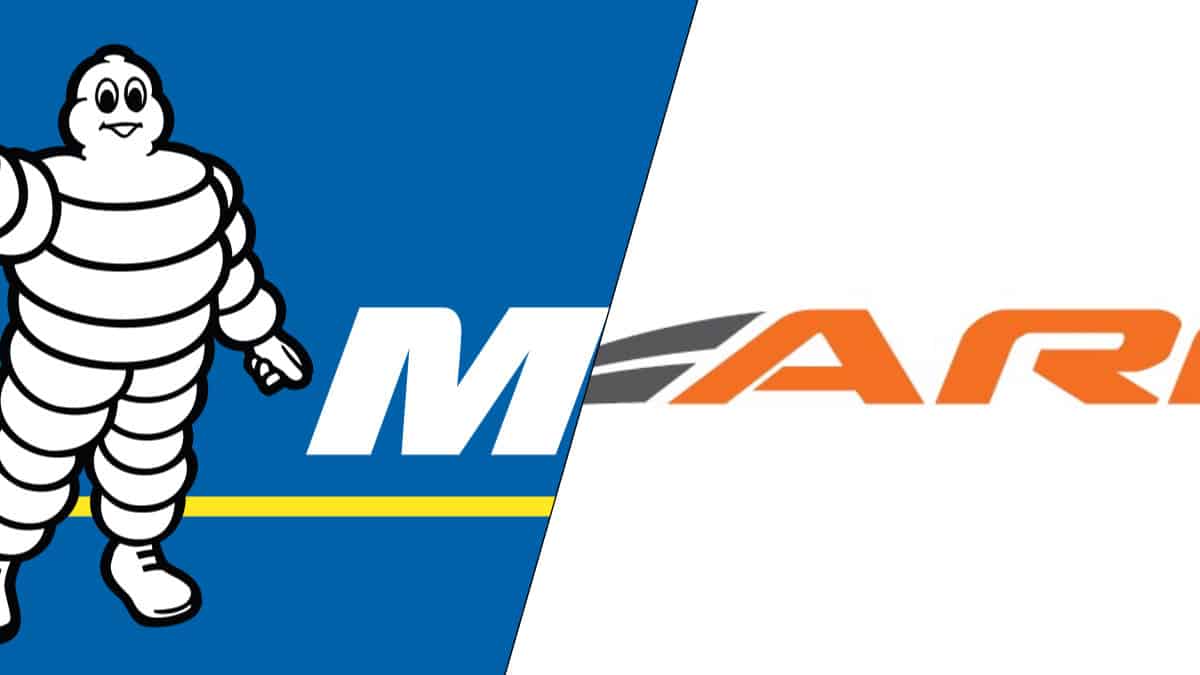
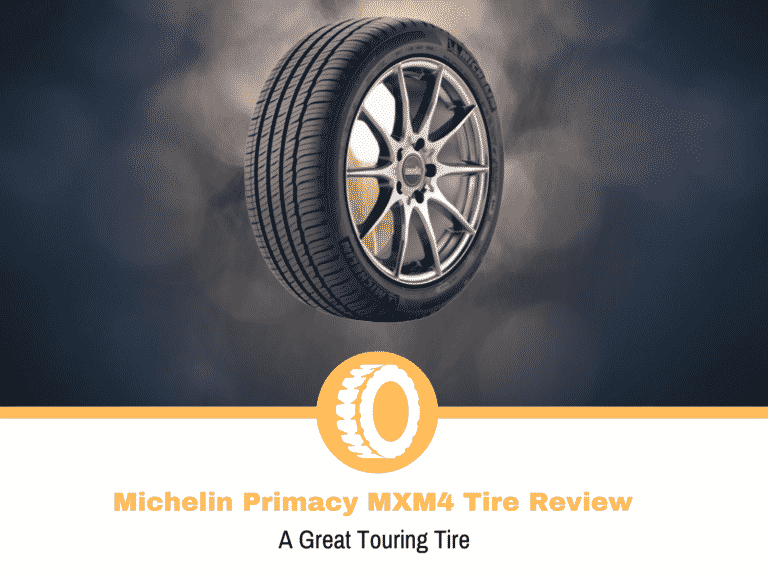

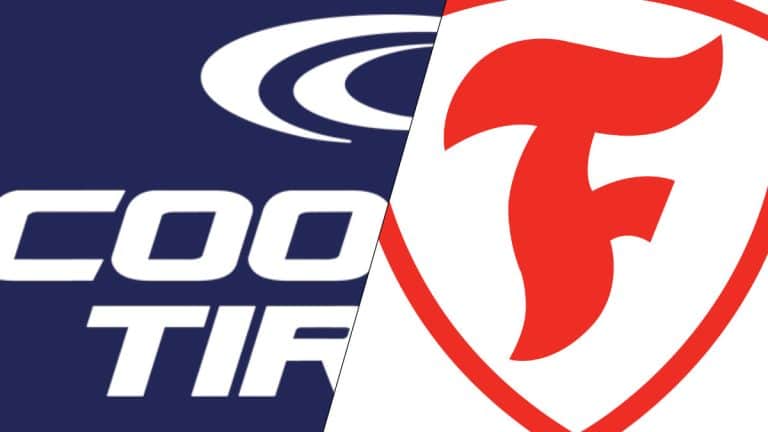
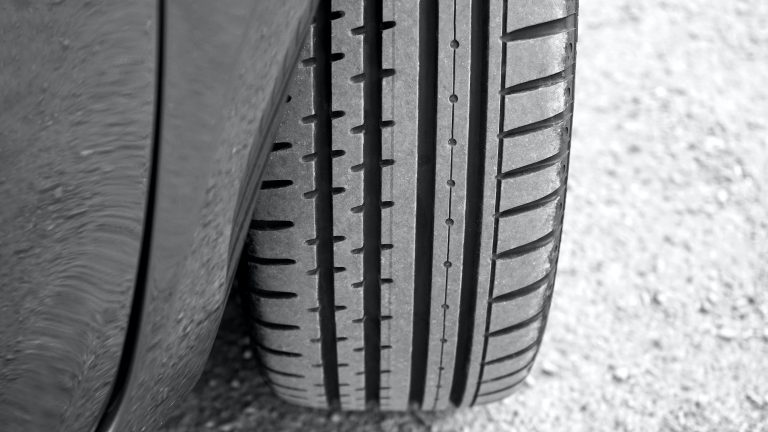
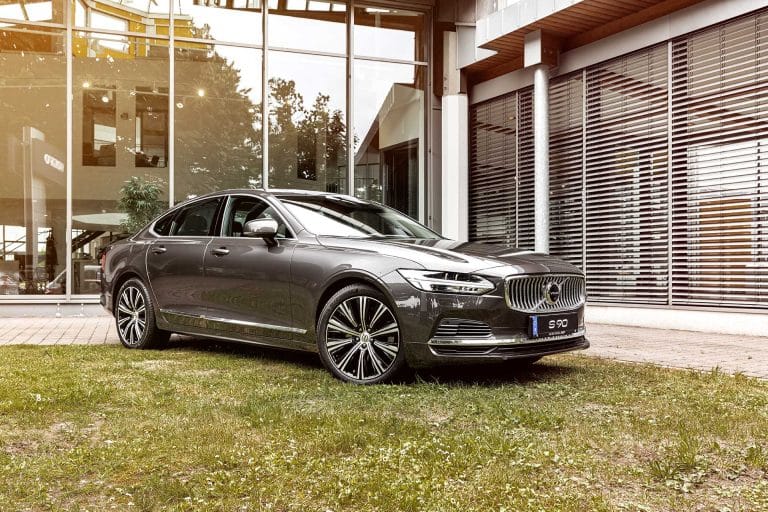
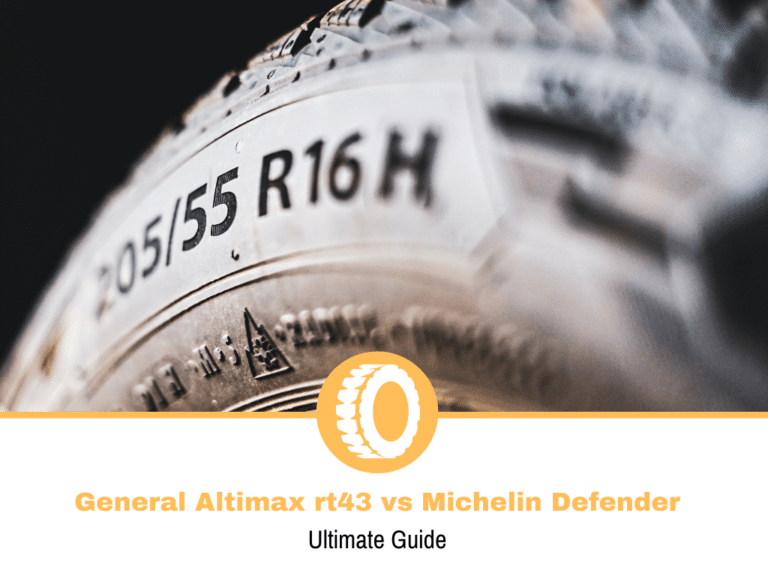
I think this review is a little biased. We just switched over to Arroyo grand sport a/s from a stock Michelin primacy and the Arroyo’s perform WAY better. Drives like a totally different car. Not to mention the Michelins had 2 blowouts under 4,000 miles that they refused to cover and we had to pay out of pocket to replace. Granted we did get 50,000 miles out of them but the prices online vs the Arroyo’s are MORE THAN DOUBLE. If these 2 tires were tested head to head the arroyo would outperform in every aspect for half the price with the exception of mileage.